New Business? Tips and Tools
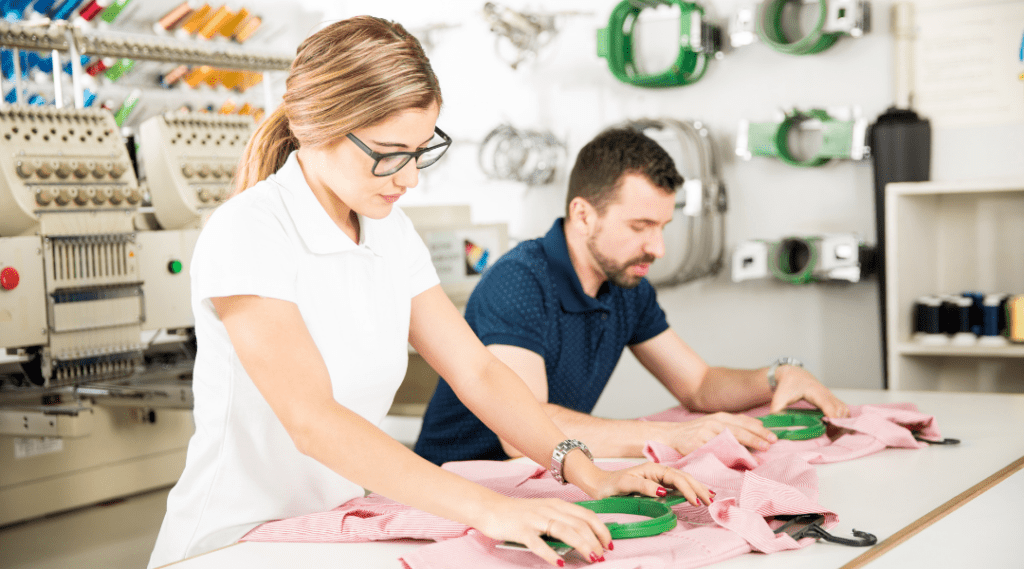 Are you new to the world of machine embroidery? Here are some of our best tips and tools to help your new business succeed!
Are you new to the world of machine embroidery? Here are some of our best tips and tools to help your new business succeed!
Who is your small business Niche?
Hey there! In the business world, a niche is like your own special corner of the market where you provide specific products or services. Picture specializing in adorable dog embroidery, or offering top-notch embroidery services for small businesses. By focusing on a unique niche like these, you can really make a name for yourself, becoming a go-to expert for a specific group of customers. This not only helps you build strong bonds with your clientele but can also boost your profits. Plus, finding the right niche gives you a competitive edge and lets you combine your passion with what your customers are seeking. How cool is that?
5 Small Business Marketing Tips
- Define Your Unique Selling Position: What makes your embroidery business unique? It could be your design style, services, product range, or niche.
- Invest in Quality: Your materials and equipment greatly impact the final product’s quality. Use high-quality threads, fabrics, and machines.
- Create a Business Plan: Set up a structured plan outlining your objectives, target audience, marketing strategy, and financial projections.
- Build an Online Presence: A professional website and active social media profiles can boost your visibility and sales, while also providing a platform for customer interaction.
- Prioritize Customer Service: From the initial contact to after-sales service, effective communication and prompt response to issues can build a good reputation and ensure repeat business.
Products and Ideas
An embroidery business can offer a wide range of personalized and unique products that cater to a variety of needs and preferences. These can include custom clothing such as embroidered t-shirts, jackets, and hats, where customers can choose designs or even company logos for a distinctive look. Additionally, they may provide home décor items like custom-embroidered throw pillows, wall hangings, and table linens, enhancing the aesthetic appeal of any living space. Special occasion products such as personalized baby blankets, wedding handkerchiefs, or milestone anniversary gifts also form part of their offerings. For businesses, embroidered merchandise like uniforms, promotional bags, or corporate gifts can be created, promoting brand visibility. Furthermore, they can offer unique services like the restoration or enhancement of heirloom pieces, allowing customers to preserve cherished memories in a beautiful and tactile way.
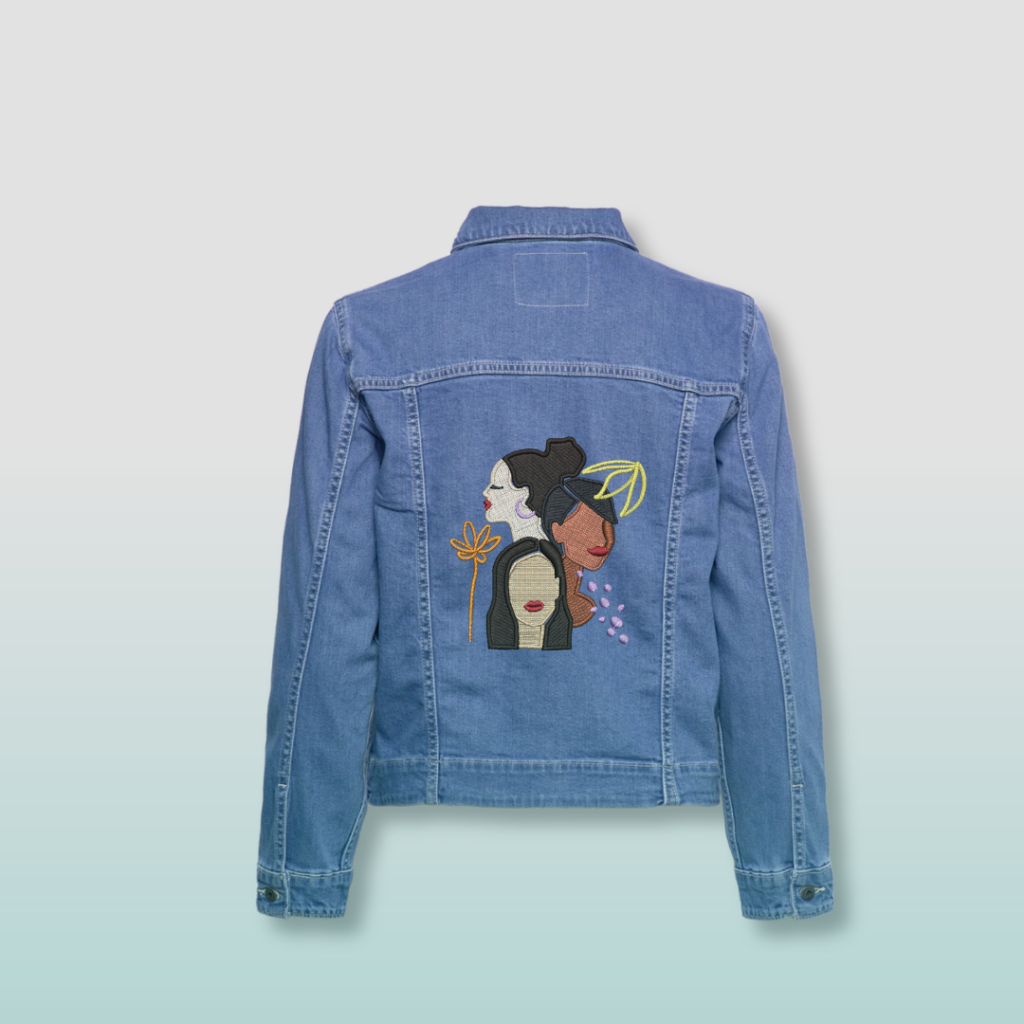


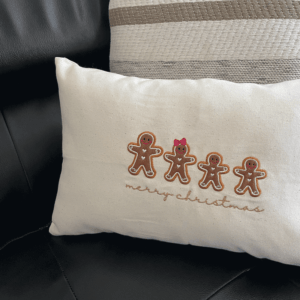
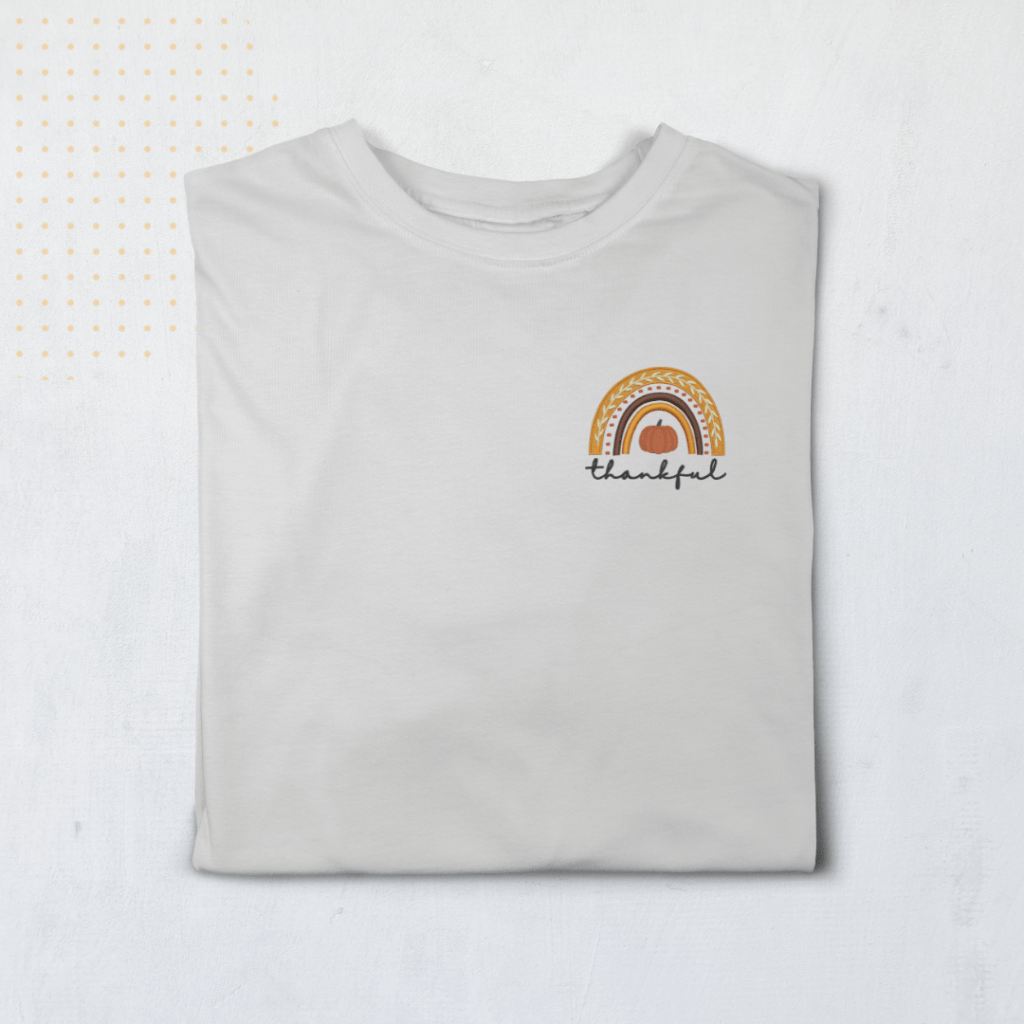
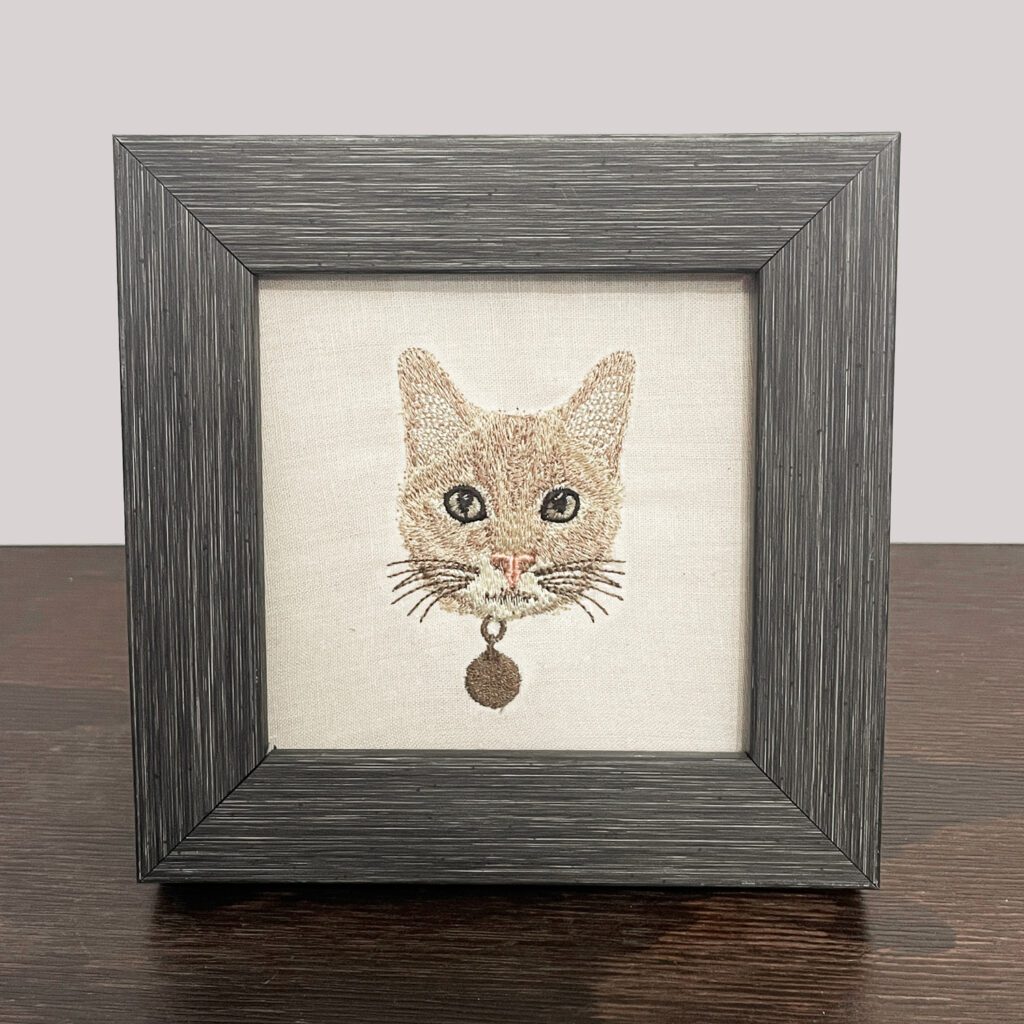
Most common recommended sizes
The following guide provides suggested imprint sizes for embroidery projects. These are general guidelines for most apparel but always check with the product spec sheet for more accurate decoration information.
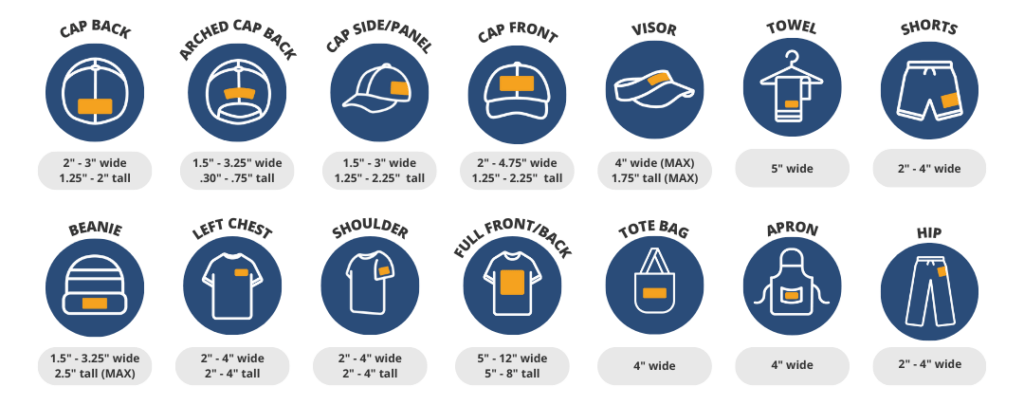
Marketing Your Business
- Behind-the-Scenes Tours: Take your followers on a tour of your workspace, showing where and how the magic happens.
- Time-Lapse Videos: Create time-lapse videos of you working on a piece from start to finish. These are visually engaging and can show the intricate process of embroidery
- Step-by-Step Tutorials: Break down a simple design or technique into a step-by-step tutorial. This is not only educational but can also showcase your expertise.
- Before and After Transformations: Show the transformation of a plain piece of fabric or garment into a beautiful embroidered masterpiece.
- Customer Reviews/Testimonials: Share videos of happy customers unboxing their orders or reviewing your products. This helps build credibility and trust.
- Design Challenges: Participate in trending design challenges or create your own. This can engage your followers and allow you to showcase your creativity.
- Product Showcases: Highlight new products, limited edition items, or best sellers. Use visually appealing imagery and clear descriptions.
- Tips and Tricks: Share your top tips and tricks for embroidery. This could include how to select materials, thread a needle, or maintain tension in stitches.
How to Price
Embroidery work pricing requires a multi-factor approach. Begin by accounting for all material costs such as fabrics, threads, and other elements. Factor in equipment depreciation and maintenance costs, labor costs based on hours spent on a project, and overheads like rent and marketing. Research market value to make sure your price remains competitive while reflecting your work’s quality and uniqueness. The key is to cover all your costs and earn a fair profit.
Many embroidery businesses charge per stitch as it directly correlates to thread use and time spent, which are crucial cost elements. This typically means having a set rate per thousand stitches to determine the final price. However, pricing models can vary, with some businesses charging based on design complexity or the type of product being embroidered, or opting for a flat rate for the project.
Rates per 1,000 stitches can range between $1 to $4, varying with factors like design complexity and location. Companies may also charge a minimum fee for small orders or a digitizing fee for machine-readable design creation. Remember to confirm all pricing details before placing an order. The cost should reflect the quality and expertise, reminding us that the cheapest option may not always be the best.
